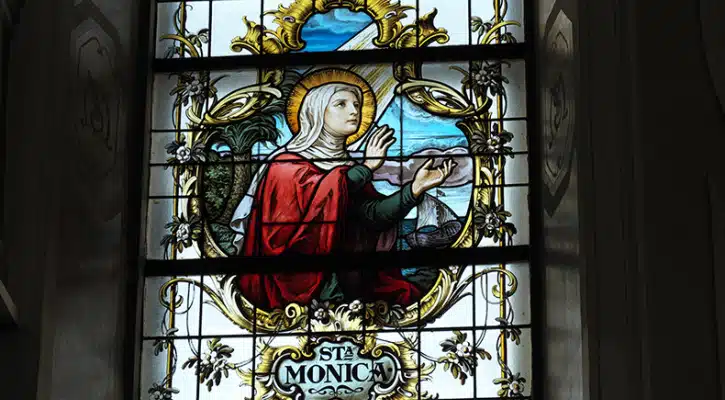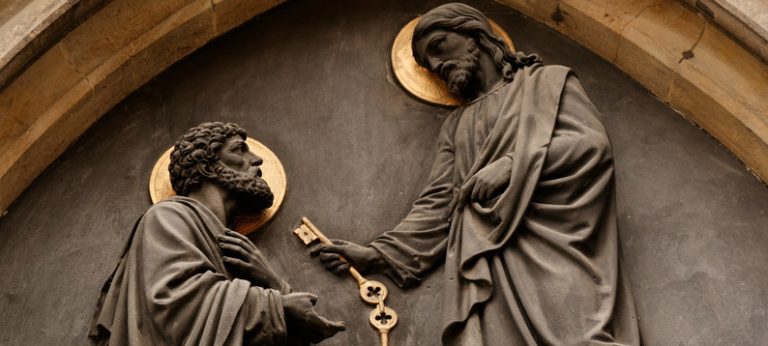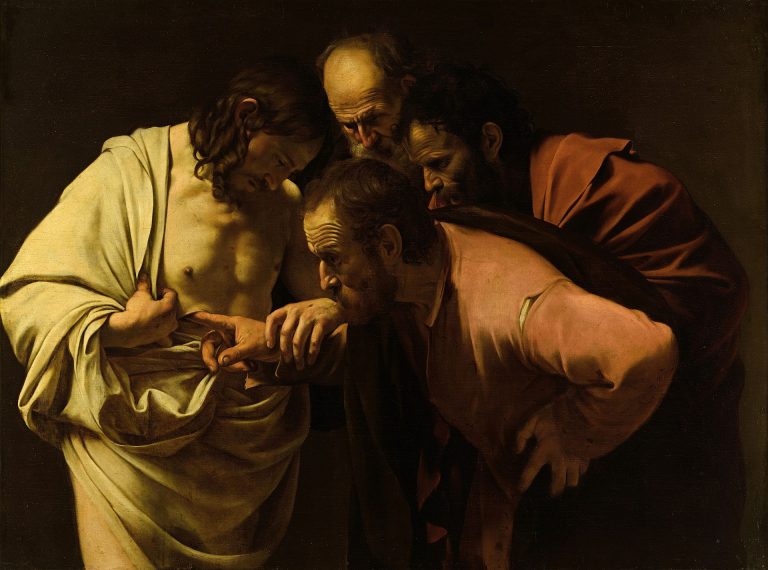Bernal Diaz
was a 24 year old Spanish sailor who explored in the New World. He was on a ship that may have been the first to land on what is now Mexico. When the vessel anchored offshore at Catoche, in 1517, on the tip of the Yucatan Peninsula, several of the went ashore, entering a nearby town they they had seen from the ship and described as the largest town they’d seen. Around some kind of a square there were three masonry buildings, which Diaz describes as “prayer houses”. “They contained many idols of baked clay, some with demons’ faces, some with women’s, and others equally ugly which seemed to represent Indians committing sodomy with one another. Inside the houses were some small wooden chests containing other idols and some disks made partly of gold but mainly of copper, also some pendants, three diadems, and other small objects . . .” The sailors were not bashful about taking the chests with them when they returned to their ship.
After battles with other Indians down the coast, who may have been enraged about the cavalier theft of holy objects at Catoche, the chests, or some of their contents, were taken back to Cuba, where they were examined by the Spanish rulers. “The idols aroused particular interest, and some attributed them to the Jews who were exiled by Titus and Vespasian and sent overseas.”
That is a very odd and intriguing sentence. Did they find Stars of David baked in clay? Menorahs? Of all the weird-looking animals, people, and monsters portrayed in Mayan design and architecture that we’ve seen, is there anything that would inspire anyone to consider them to be of Jewish origin? It’s not unreasonable to assume that the educated Spanish who were running Cuba would have been familiar with all manner of Jewish art, since they’d been taught to look for it during the days leading up to the expulsion of the Jews from Spain in 1492. Men with that sort of experience, regrettable though it now appears to be, concluded that there was something definitely “Jewish” about their origin.
Babylonians were the most astronomically advanced of all ancient peoples, and many Jews spent three quarters of a century, and some, far more years than that, in close proximity to the best astronomers in the ancient world. Now, if we want to tie Jewish-looking objects together with the amazing Mayan calendar, we may conclude that the Mayans, whose earliest script goes back to about 300 B.C., may have learned some basics of their very precise sidereal computations from Jews who’d learned astronomy from the Babylonians among whom they lived.
Unfortunately, a great deal of popular “intellectual” history concerns connections that are about as verifiable as the above. Similar theories, with fewer facts and less complexity than this, have been turned into entire books.
What we should do when we make such a connection, or see that another has done so, is file it in the “Interesting, if true.” department. Sometimes, as if by magic, we will later see confirming or denying facts appear in the vast sea of information in which we swim.








